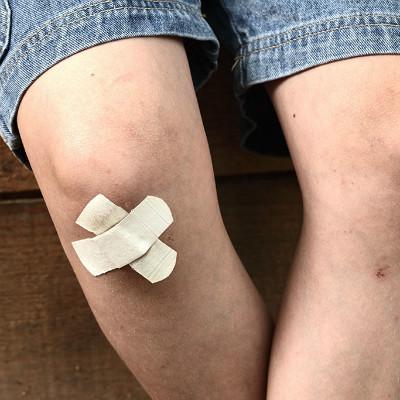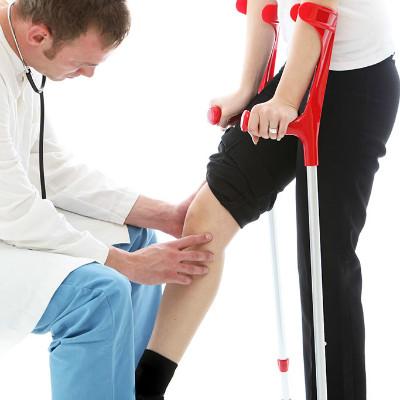How is knee synovitis diagnosed?
summary
Synovitis is inflammation caused by stimulation of synovium, which needs active treatment. It is a kind of joint disease that causes the imbalance of secretion to form effusion. It mostly occurs in the knee joint, although it is a group of syndrome caused by knee sprain and a variety of intra-articular injuries. As a more complex disease, how to diagnose knee synovitis? How can it be?
How is knee synovitis diagnosed?
First, mild, mainly joint pain, joint swelling - swelling is not obvious or mild swelling, pain or discomfort when joint exertion; Synovitis of knee joint: joint pain or discomfort when going up and down stairs, joint fever and stiff feeling when walking for a long time, and pain aggravation.

Second: moderate, joint swelling, pain is not obvious, individual patients with muscle atrophy, symptoms show light in the morning and heavy in the evening; Knee synovitis: squatting or bending discomfort, can not walk for a long time.

Third: severe synovitis, joint swelling, obvious pain, accompanied by effusion, bone spur, free bone symptoms.

matters needing attention
The treatment of synovitis needs a certain period of time. In the acute attack period, do not exercise as much as possible to reduce the generation of joint effusion. After a few weeks, you need appropriate activities to prevent muscle atrophy and loss of function. Traditional Chinese medicine generally uses qiancaotang synovial ointment to repair the damaged synovial bursa of knee joint.







